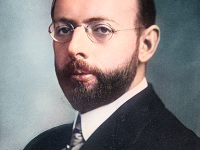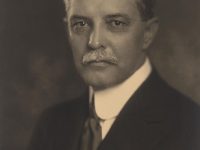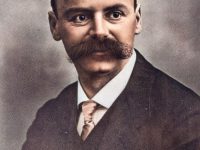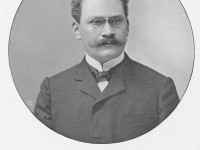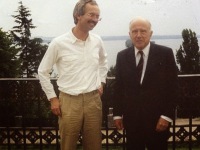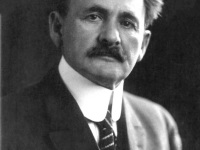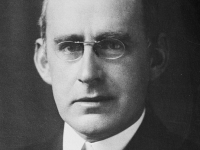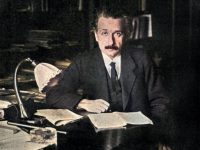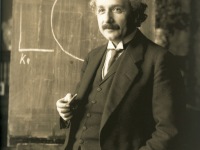Herbert Eugene Ives and the Ives-Stilwell Experiment
On November 13, 1953, US-American scientist and engineer Herbert Eugene Ives passed away. Ives headed the development of facsimile and television systems at AT&T. He is best known for the 1938 Ives–Stilwell experiment, which provided direct confirmation of special relativity’s time dilation, although Ives himself did not accept special relativity, and argued instead for an alternative interpretation of the experimental results. Herbert Eugene Ives – Background Herbert Eugene Ives was born on…
Read more

